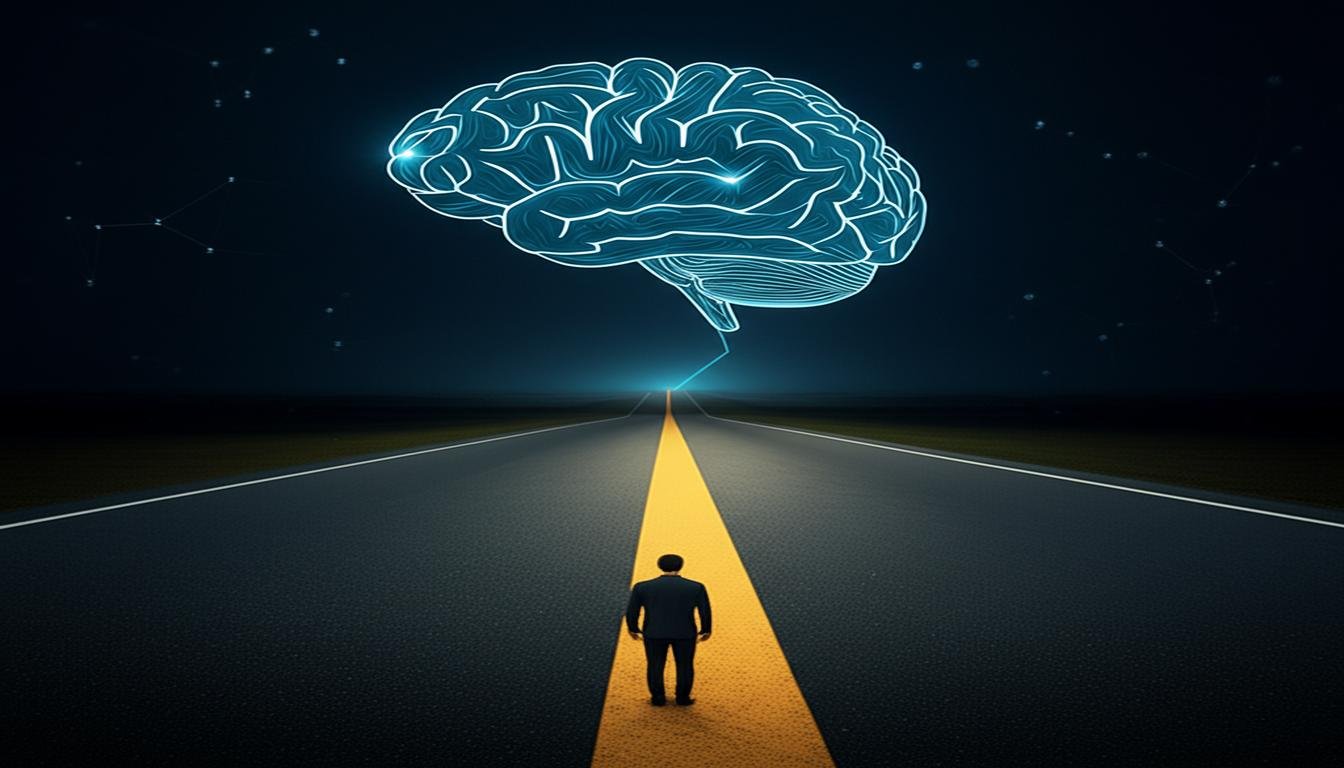How AI Is Quietly Changing the Way We Grieve Grief is one of those deeply human experiences we all share, yet navigate so uniquely. For centuries, our ways of mourning have been shaped by tradition, community, and memory – photo albums, eulogies, shared stories. But what if I told you that, right now, a quiet revolution is happening? Artificial intelligence, often seen as cold and calculating, is subtly, yet profoundly, altering how we remember our loved ones and cope with immense loss. It’s a strange thought, isn’t it? We’re not talking about science fiction anymore. AI isn’t replacing the raw emotion of sorrow, nor should it. Instead, it’s introducing new tools and avenues for connection, remembrance, and even a unique kind of digital solace. Let’s explore how this technology is quietly weaving itself into the very fabric of our grieving process. Digital Companions: A New Kind of Presence? Imagine this: you’ve lost someone dear. You miss their voice, their unique way of phrasing things, their quirky jokes. What if you could interact with an AI chatbot that has been “trained” on their digital footprint – their old emails, texts, social media posts, voice recordings? This isn’t just a fantasy; it’s already a reality in nascent forms. Companies are developing sophisticated AI models that can mimic a deceased person’s communication style, offering a digital echo of their personality. For some, this “virtual companion” provides an extraordinary sense of continued presence, a way to ask one last question or simply hear a familiar tone. It offers a unique form of digital grief support, helping individuals process their loss by re-engaging with memories in an interactive way. Of course, it raises profound ethical questions too, but for those seeking comfort, it’s an incredibly powerful concept. Preserving Memories, Digitally Enhanced Long before AI, we treasured physical mementos. Now, AI is transforming how we curate and interact with digital memories. Think about the mountain of photos, videos, and voice notes we all accumulate. Sifting through them after a loss can be overwhelming. This is where AI steps in as an invaluable tool for remembering loved ones. Smart Photo Albums: AI can analyze thousands of photos, identifying specific people, places, and events, then automatically compile personalized digital scrapbooks or video montages. Voice Cloning & Synthesis: Beyond chatbots, AI can recreate a loved one’s voice from existing recordings, allowing families to hear their voice again, perhaps reading a favorite poem or story. Curated Narratives: AI can help organize fragmented digital data into coherent stories or timelines, offering a clearer, more accessible way to relive cherished moments. These tools don’t just store memories; they help bring them to life, making the process of preserving memories more dynamic and deeply personal. It’s about creating a living, breathing digital legacy. AI as a Grief Support Tool: A Guiding Hand Navigating sorrow is a winding path, often confusing and isolating. While human connection and professional therapy remain paramount, AI is emerging as an accessible supplemental grief support tool. Many apps now integrate AI to offer personalized guidance through the bereavement journey. These AI-powered platforms can: Provide structured journaling prompts to help articulate feelings. Offer guided meditation and mindfulness exercises tailored to grief. Suggest coping strategies based on user input and common grief patterns. Connect users to resources or support groups when needed. The beauty of this is its 24/7 availability and the anonymity it offers, which can be crucial for those who find it difficult to open up face-to-face. It’s a quiet, non-judgmental companion, offering a consistent presence in times of distress. Navigating the Nuances: Hopes and Cautions As AI changes grief, it’s important to approach these advancements with both hope and a healthy dose of caution. While digital tools can offer comfort and unique ways to remember, they are not replacements for human connection, empathy, or the organic process of healing. The core of grief work still involves acknowledging loss, feeling emotions, and adapting to a new reality. AI can assist in processing loss, but it shouldn’t allow us to sidestep the difficult, yet necessary, work of grieving itself. The goal isn’t to live perpetually in the past through digital echoes, but to find healthy ways to integrate loss and move forward. Moving Forward: Embracing or Questioning? The landscape of bereavement is undeniably shifting. AI isn’t storming in with grand pronouncements; it’s quietly embedding itself in how we cope with loss, preserve memories, and seek comfort. From virtual conversations with departed loved ones to intelligent memory curation and accessible grief support apps, these technologies are offering new dimensions to our healing journeys. The question for us isn’t whether AI will impact grief, but how we choose to integrate these powerful tools thoughtfully and ethically. As we continue to develop and interact with these technologies, we must ensure they genuinely support our human need to grieve, remember, and ultimately, to heal.
How AI Is Quietly Changing the Way We Grieve









